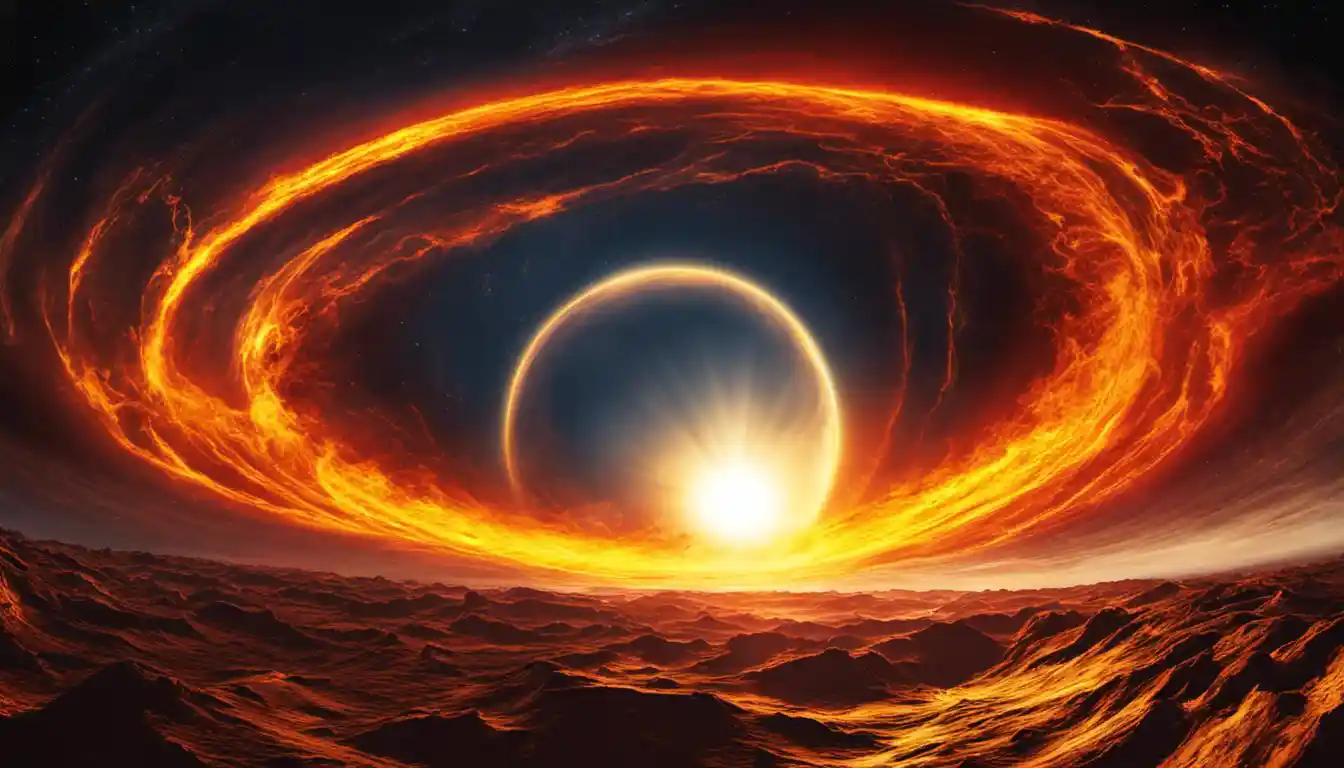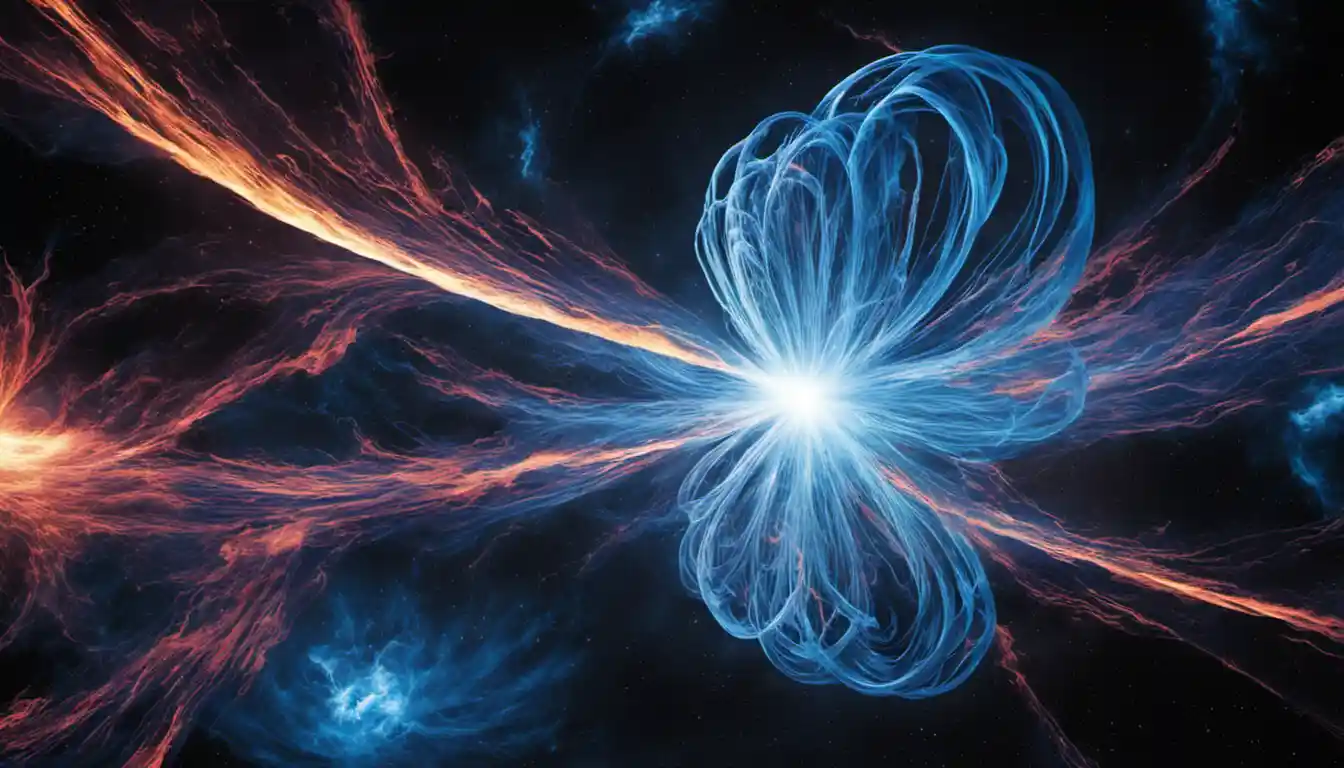Introduction to Solar Energy
Solar energy is produced through a process called nuclear fusion that takes place in the sun. During this process, hydrogen atoms in the sun combine to form helium and in the process, energy is released. This energy travels to the earth in the form of light and heat and can be captured and converted into electricity using photovoltaic solar panels.
Solar Energy: Defined
Solar energy, as the name suggests, is energy that we get from the sun. This form of energy is renewable and abundant, making it a viable alternative to fossil fuels which are finite and harmful to the environment. Understanding what is solar energy is an essential step that leads us to the crux of today’s discussion: how is solar energy produced?
Importance of Solar Energy
Solar energy is not just the buzzword of the green movement; it’s a real solution for reducing our reliance on fossil fuels and mitigating climate change. With the ever-increasing need for power and the dwindling supply of fossil fuels, the importance of solar energy cannot be overstated.
Basics of Solar Energy Production
Overview of Solar Energy Production Process

The production of solar energy is a fascinating process that starts an astounding 93 million miles away, in the core of the sun. The energy produced is in the form of light and heat. It travels to us at the speed of light and arrives on our planet in just over eight minutes.
Nuclear Fusion: Heart of Solar Energy Production
At the heart of how solar energy is produced is a process called nuclear fusion. This occurs in the sun’s core, in what is possibly the harshest environment in our solar system, where temperatures reach a scorching 15 million degrees Celsius!
Proton-Proton Chain Reaction and Solar Energy
The process that leads to the production of solar energy in the sun is called a proton-proton chain reaction. Here’s the step-by-step process in slightly simplified terms:
- Two proton particles in the sun’s core collide to form a diproton.
- The diproton quickly decays into a proton and a neutron, forming a deuterium nucleus in the process.
- Another proton collides with this deuterium nucleus, creating helium-3.
- Two helium-3 nuclei then collide to form one helium-4 nucleus and two protons.
Detailed Step-by-Step Production of Solar Energy
Let’s dive deeper into “how is solar energy produced step by step”.
Initial Proton Collision in Sun’s Core
The process begins with two hydrogen nuclei, or protons, colliding within the sun’s core. Here, the crushing pressure and extreme temperature allow for the overcoming of the repulsive force between the protons leading to the creation of a heavier particle.
Creation of Helium Atoms

Continuing from the collision, the more massive particle attracts another proton forming an isotope of helium. This results in two isotopes of helium combining to form a helium atom, two protons, and a release of energy.
Release and Collection of Energy
This energy is then released and travels all the way to the earth, where it can be captured using solar technologies. That’s right, the generous sunlight beaming down on us is a result of a powerful nuclear process happening millions of miles away!
Main Technologies in Solar Energy Production
You’re now probably wondering how we take this sunlight and turn it into useable energy. Enter solar technologies.
Solar Photovoltaics (PV)
PV technology is perhaps the most known. It uses silicon-based panels to absorb energy from the sun and convert photons into electricity via the photovoltaic effect.
Concentrating Solar-Thermal Power
This technology harnesses sunlight using mirrors to focus the sun’s rays onto a small area. This intense concentration of light is used to heat a fluid that, in turn, generates electricity through a steam turbine.
Understanding Systems Integration in Solar Energy Production

It’s one thing to produce solar power and another to effectively integrate it into our power systems. From the solar panels, stored energy can then be used to power homes, buildings, and even cities. Grid integration and energy storage are significant aspects of harvesting maximum benefits from solar energy.
Difference between Solar PV Panels and Solar Thermal Panels
Remember when we used to use those simple magnifying glasses to concentrate beams of sunlight enough to create fire? Well, that’s pretty much how Solar Thermal Panels operate. They simply focus sunlight to produce heat.
On the other hand, Solar PV Panels convert sunlight directly into electricity using the energy of absorbed photons to cause electrons to move and generate an electric current.
Solar Farms: Large Scale Solar Energy Production
Solar farms are large-scale applications of photovoltaic panels or solar thermal power, providing a significant amount of electricity that can power many homes and businesses. These farms play a huge role in how solar energy is produced at a larger scale.
Challenges and Solutions in Solar Energy Production
“What happens when it’s cloudy or at night?” you may ask. Solar energy does depend on sun exposure, but advancements in energy storage solutions such as batteries, solve the problem of off-peak sunlight hours.
Global Solar Energy Production
Today, the world’s largest producers of solar energy include China, the United States, and India. Encouragingly, many more countries are making concerted efforts to scale up their solar power capabilities.
With a clear idea of how solar energy is produced, step-by-step, from the sun’s core to our homes and cities, and its growing importance, we can appreciate the brilliance and potential of this renewable energy source. This now gives you the power (pun intended) to aid in our collective movement towards a cleaner, sustainable future!



